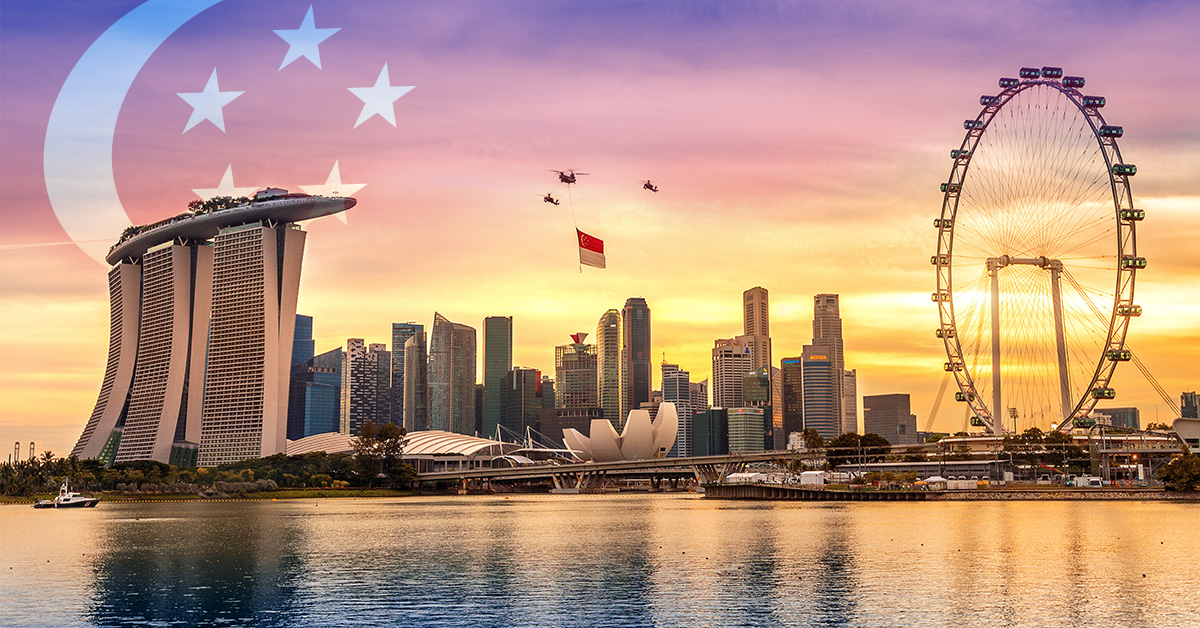Sovereign city-state Singapore has always had a reputation for outdoing its maritime Southeast Asian neighbors. Indeed, the highly developed island nation scores highly not only among Asian countries but across the world for quality of life, education, health care and homeownership.
It’s no surprise then that Singaporean real estate investors are an active bunch. And considering the relatively small size of Singapore’s domestic property market, much of Singapore’s investment muscle gets flexed overseas.
In raw-dollar amounts, Singapore’s cross-border investors exported more money than those of any other Asian country in 2018, funneling their capital not only into the U.S. but also into Europe, China, Australia and nascent markets such as India and Brazil. That’s not to say that their diverse portfolios are short on stateside investments: In the 12-month period ending this past June, only South Korea outranked Singapore among Asian countries for capital flowing into U.S. real estate, according to Real Capital Analytics (RCA).
RCA reported that investors within the tiny nation placed $3.22 billion into 58 properties during that time frame, accounting for 7.1% of all foreign-capital inflows. Compare that to once-mighty China, which at one time dwarfed Singapore’s capital output but put less than one-fifth of Singapore’s investment volume into U.S. properties during these same four quarters.
Credit institutional money for much of Singapore’s continued overseas investment momentum. Singapore’s average savings rate over the past decade was 47% of its gross domestic product and approximately half of that was invested via government entities, RCA reported. The country’s largest investor is GIC Private Limited, a government-established sovereign wealth fund that has more than $450 billion in assets — the sixth most in the world, according to the Sovereign Wealth Fund Institute.
During the 12-month period ending in June 2020, GIC put more than $1 billion into U.S. real estate, making it the ninth-largest cross-border buyer during that time, RCA reported. GIC’s American portfolio is a diverse one: Late last year, for example, the fund entered a joint venture with a New York-based trust, investing more than $118 million in various grocery-anchored retail assets across the country. And just before the coronavirus pandemic struck stateside, GIC bought a stake in the redevelopment of Brooklyn’s Industry City, the largest privately owned industrial property in New York City.
GIC, however, wasn’t the largest source of funds with Singaporean roots over that 12-month period. From July 2019 to June 2020, Mapletree Investments was third among cross-border buyers into the U.S. in terms of dollar volume. The private capital and development company earned that distinction thanks to $1.36 billion in acquisitions of industrial property.
Much of Singapore’s investment momentum has stalled due to the impacts of COVID-19 both in the U.S. and throughout the Pacific Rim. Despite its strength relative to other foreign funding sources in recent months, the amount of Singaporean investment over the four quarters ending in June 2020 was down 21% year over year. GIC, along with many other Singaporean investors, entered a defensive crouch as the world entered the COVID-19 crisis and the country’s guarded position has been reflected in its outflows.
Still, it’s clear that Singapore remains a source of an immense amount of export capital. Its investors are both savvy and active, at least when the investment environment isn’t ravaged by a global pandemic. There’s a general feeling that the rebound of Singapore’s cross-border investment isn’t a matter of if but when. ●






